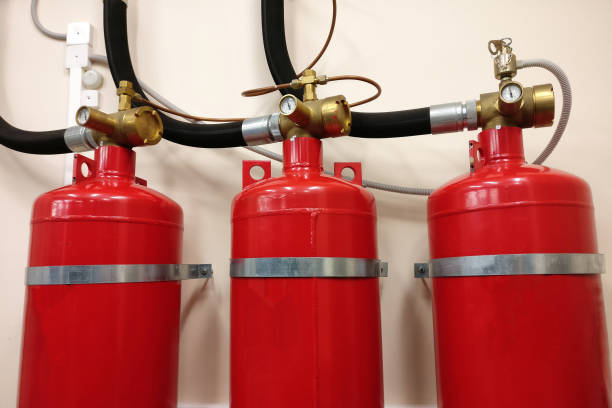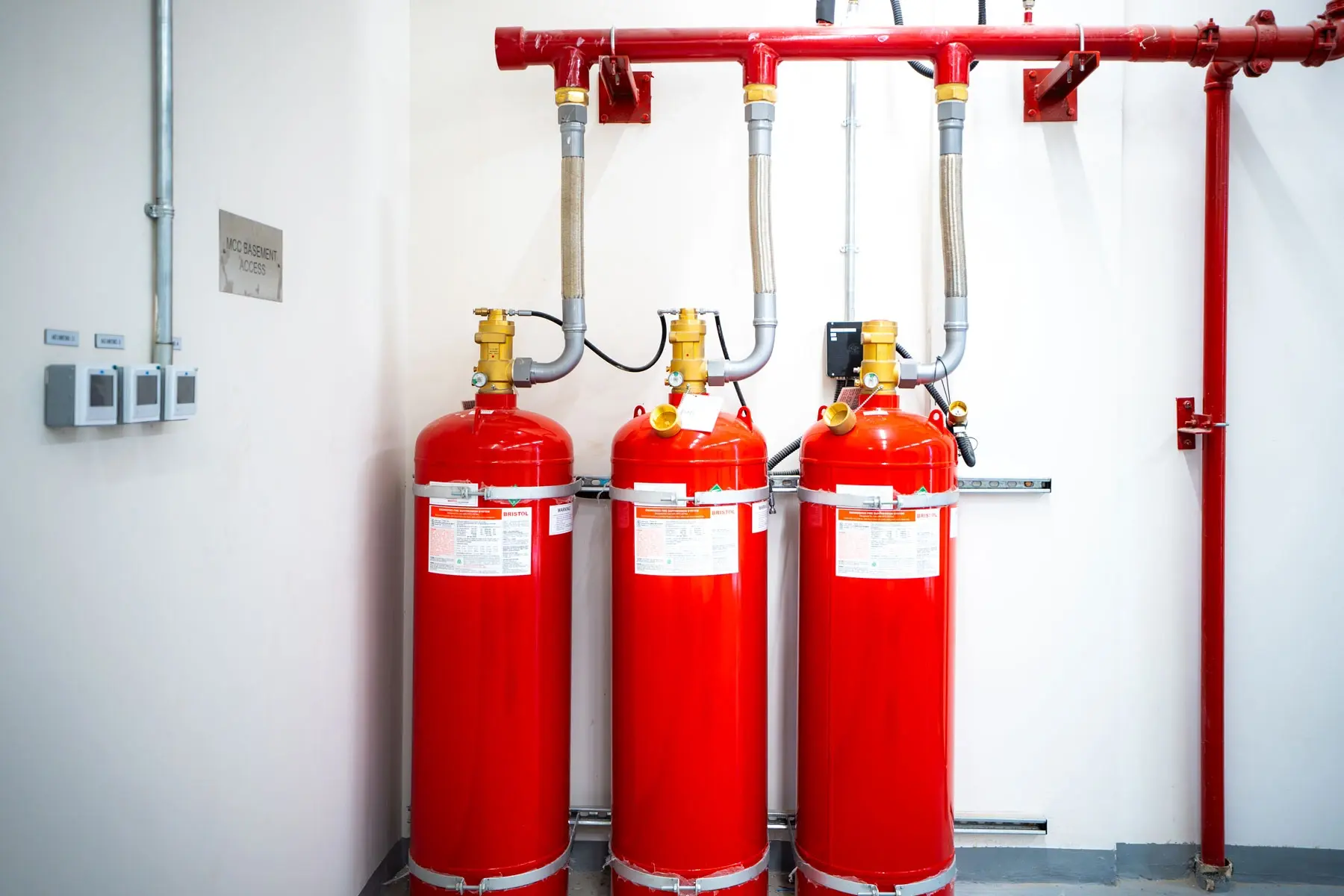Fire suppression system

Fire suppression system
Stay cool and comfortable all summer long with our efficient air cooler, designed for optimal airflow and energy savings.
Fire suppression system
A Fire suppression system is a critical safety mechanism designed to control or extinguish fires in various environments, protecting lives, property, and assets. These systems utilize different methods and agents to suppress flames, offering effective solutions tailored to specific hazards and settings.
Key Components Fire suppression system
- Suppression Agent:The material used to extinguish or control a fire. Common agents include water, foam, dry chemicals, carbon dioxide (CO2), and clean agents like FM-200 or Inergen.
- Delivery System:The network of pipes, nozzles, or hoses through which the suppression agent is distributed. This system can be activated manually or automatically.
- Control Panel:The central unit that monitors and manages the fire suppression system, including alarms and notifications. It can integrate with other fire safety systems.
- Detection System:Devices such as smoke detectors, heat detectors, or flame sensors that trigger the suppression system when a fire is detected.
- Nozzles and Discharge Devices:These components disperse the suppression agent over the fire area. Their design and placement are critical for effective fire suppression.
Importance of Fire Suppression Systems
- Life Safety:Quickly control or extinguish fires, significantly increasing the chances of occupant survival and evacuation.
- Property Protection:Minimize damage to buildings and equipment, leading to reduced repair costs and downtime.
- Insurance Advantages:Buildings with fire suppression systems often qualify for lower insurance premiums due to decreased fire risk.
- Regulatory Compliance:Many jurisdictions require fire suppression systems in commercial and industrial settings, ensuring adherence to safety regulations.

Fire suppression system
Stay cool and comfortable all summer long with our efficient air cooler, designed for optimal airflow and energy savings.

Fire suppression system
Stay cool and comfortable all summer long with our efficient air cooler, designed for optimal airflow and energy savings.
Maintenance and Inspection
- Routine Inspections:Conduct thorough checks annually or bi-annually to ensure all components are functioning correctly.
- Testing of Detection Devices:Regularly test detectors and alarms to confirm they activate the suppression system as intended.
- Agent Replacement:Ensure that suppression agents are replenished or replaced according to the manufacturer’s guidelines.
- System Drills:Conduct training and drills to familiarize staff with the system's operation and emergency procedures.
Fire suppression systems are an indispensable part of fire safety, providing immediate response capabilities that protect lives and property from the devastating effects of fire. these systems can effectively control or extinguish fires quickly, minimizing damage and enhancing safety. Regular maintenance and inspections are crucial to ensure their reliability and effectiveness.
Choosing the Right Fire suppression system
The appropriate type of Fire suppression system depends on the specific hazards present in your home, office, or workplace. For example, if you frequently cook with oils, a Class K extinguisher is essential. Consult with a fire safety expert to determine the best options for your needs.